Don’t Miss These #sgblooms
Have a look out your window and you’ll usually be greeted with views of a lush, dark green canopy below. This March and April however, you can look forward to beautiful splashes of colour interspersed among the leaves of trees. Why, you may ask? That’s because some of our plants may go into full bloom!
This period is the first of two flowering seasons here, and flowers will be especially brilliant when heavy showers occur after a hot and long dry spell. The second season usually occurs between August and September.
Here are some flowering species you can expect to see.
Trumpet Tree
Photo credit: Terence Chia
Photo credit: KC Wong
The Trumpet Tree (Tabebuia rosea), also known as the Rosy Trumpet Tree, is a common sight along our roadsides and in our parks. It can grow up to 30 m tall, has a broadly conical shape, shade-producing crown and trumpet-shaped flowers. These large and showy flowers bear five petals and create an impressive flowering display. When they fall, they retain their colour for a few days, forming a spectacular pink or white carpet around the tree.
Handkerchief Tree
Photo credit: Lee Shiyun
The Handkerchief Tree (Maniltoa browneoides), also known also by its Malay name, Pokok Sapu Tangan, is a small tree which grows up to 12 m tall. While its flowers are produced seasonally, the aesthetic value of the tree comes from its very prominent flushes of young, small leaves which hang vertically downwards from its branches, resembling soft white handkerchiefs. After a few days, these leaves turn green, harden and become erect.
Yellow Flame
Photo credit: Amanda Leng
The Yellow Flame (Peltophorum pterocarpum) is a fast-growing, umbrella-shaped tree which usually grows between 15 and 25 m tall. Its flowers, which begin to bloom after the tree is four years old, are bright yellow and form in clusters on upright stalks. They have orange stamens, crinkled petals, and a reddish-brown mark in their centre. Flowering usually occurs between March to May and September to November.
Pink Mempat
Photo credit: Bryan Yeo
Photo credit: Boo Chih Min
The Pink Mempat (Cratoxylum formosum) is a medium to large sized tree which is 45 m tall in habitat, but is normally much shorter in cultivation. When it blooms, its crown is covered with light pink, fairly fragrant flowers which measure up to 2.5 cm wide. These flowers are usually found in clusters of six or fewer. The tree is the preferred food plant for caterpillars of the Archduke butterfly (Lexias pardalis dirteana) and adults lay their eggs on the underside of its leaves.
Ketapang
Photo credit: Jan Tan
The Ketapang (Terminalia catappa), also known as Sea Almond, is a big, pagoda-shaped tree which can grow up to 35 m tall. Its white flowers are fragrant and emerge on long shoots. They are very tiny, measuring just 0.5 cm across. It also has papery or leathery leaves which are dark green above and yellowish green below. These are shed twice a year and turn red before falling.
Yellow Saraca
Photo credit: Boo Chih Min
The Yellow Saraca (Saraca thaipingensis) is a medium sized evergreen tree which grows up to 20 m tall. Its crown is umbrella-shaped and its bark is smooth and often blotched with lichen. It blooms heavily after pronounced dry weather, and its flowers do not have petals, but rather, brightly coloured sepals. As they mature, a dark red eye develops in their centre.
If you’re keen to encounter these beautiful blooms up close, do keep your eyes peeled the next time heavy showers appear after a long dry spell, especially as weather patterns can be very unpredictable. Also, be quick on your feet, as heavy rains can cause flowers to fall from branches, cutting short the blooming season.
See a beautiful bloom? Share it with us with the hashtag #sgblooms or #sgblooms2018
Text by Elizabeth Kamaldin


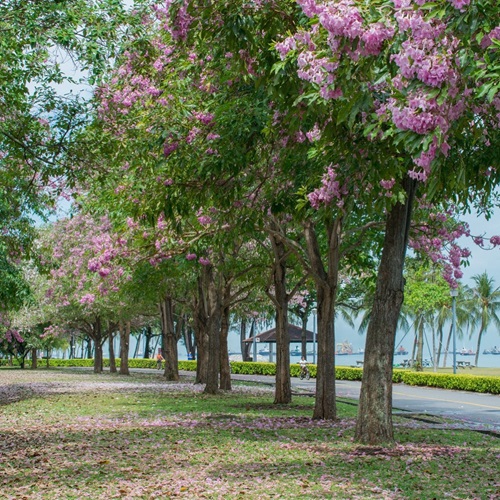
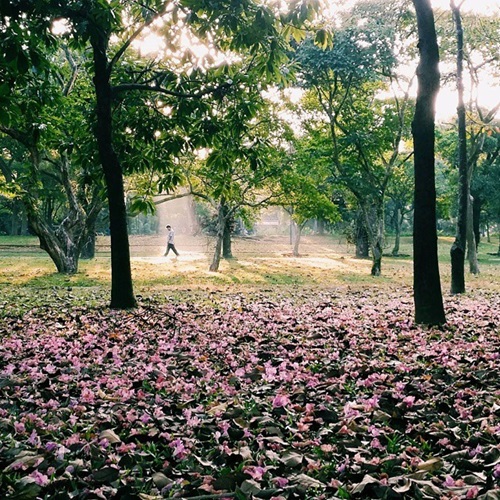
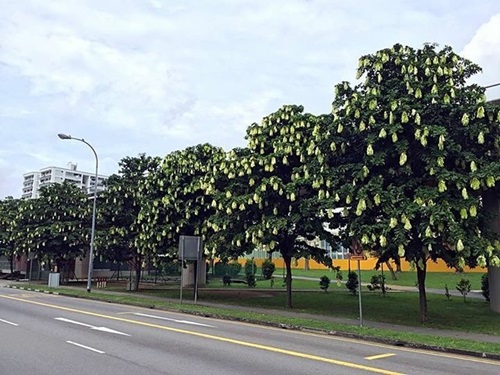
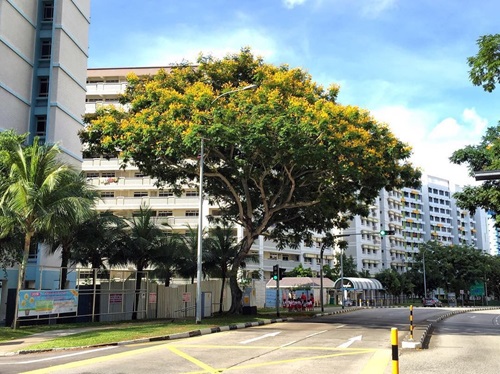
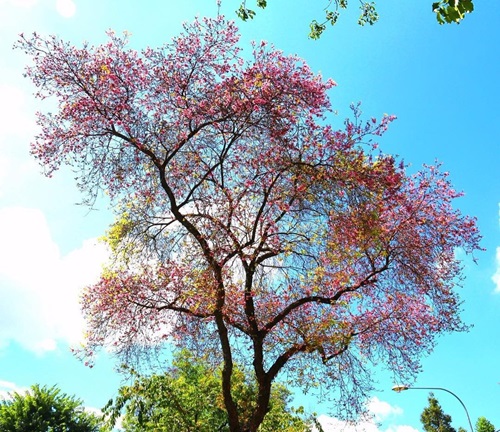
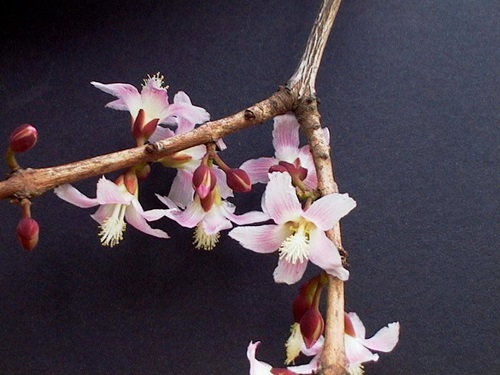
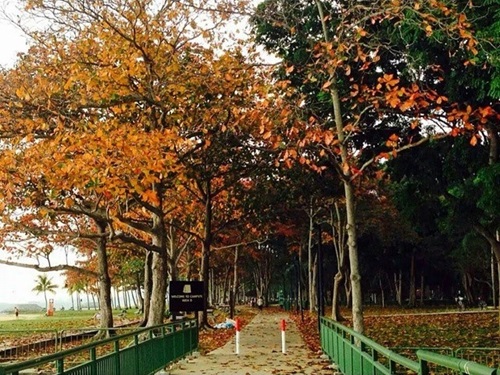
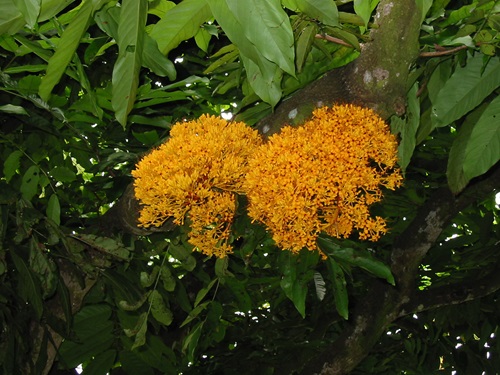
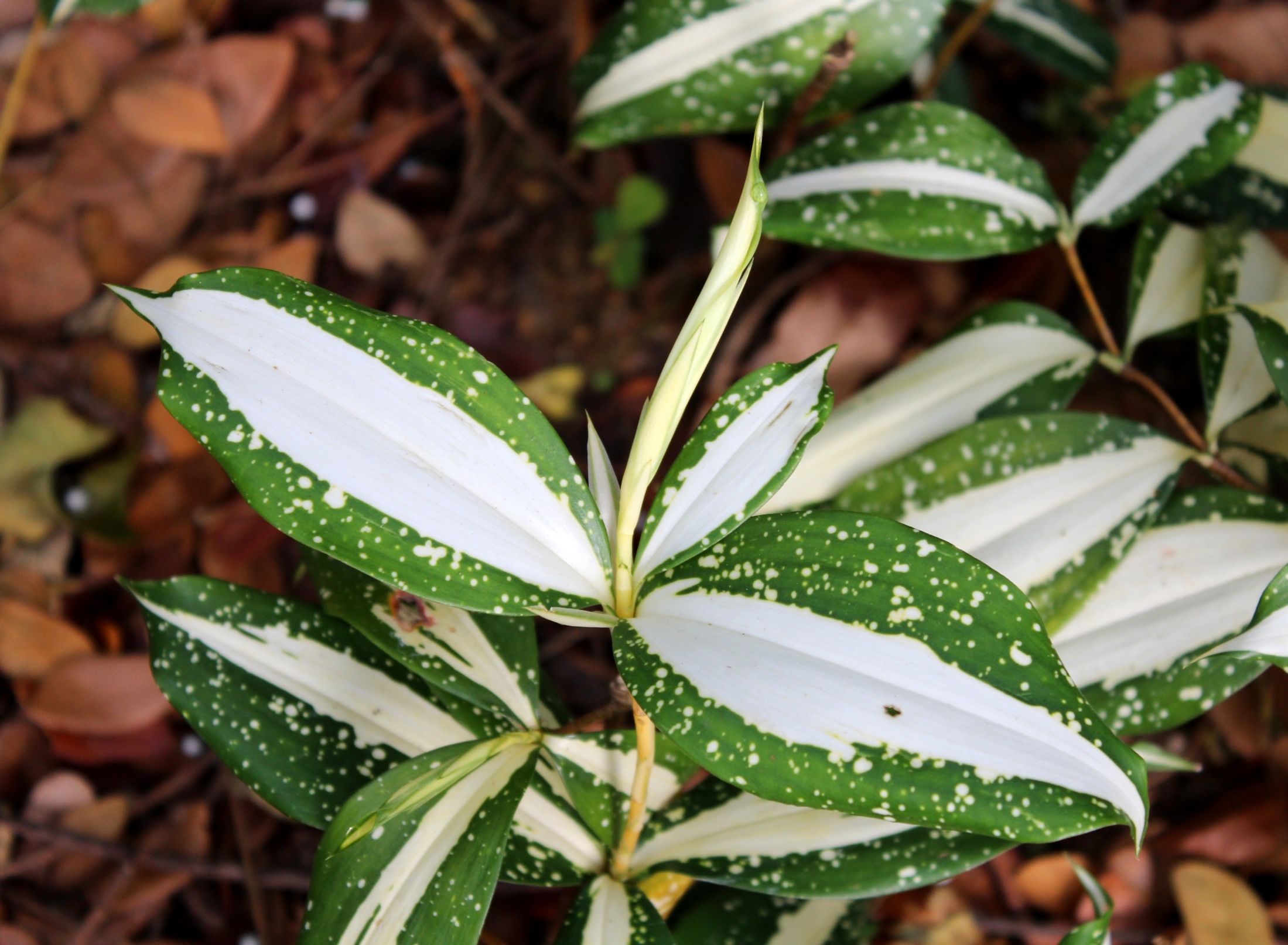
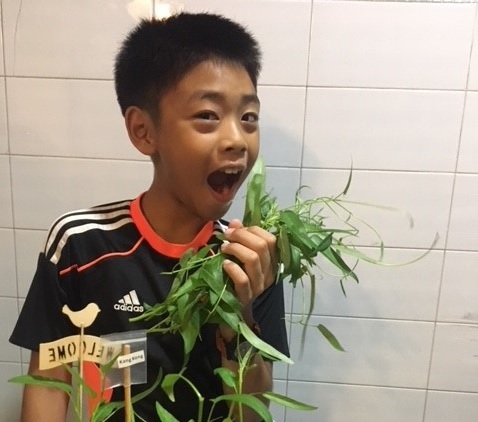
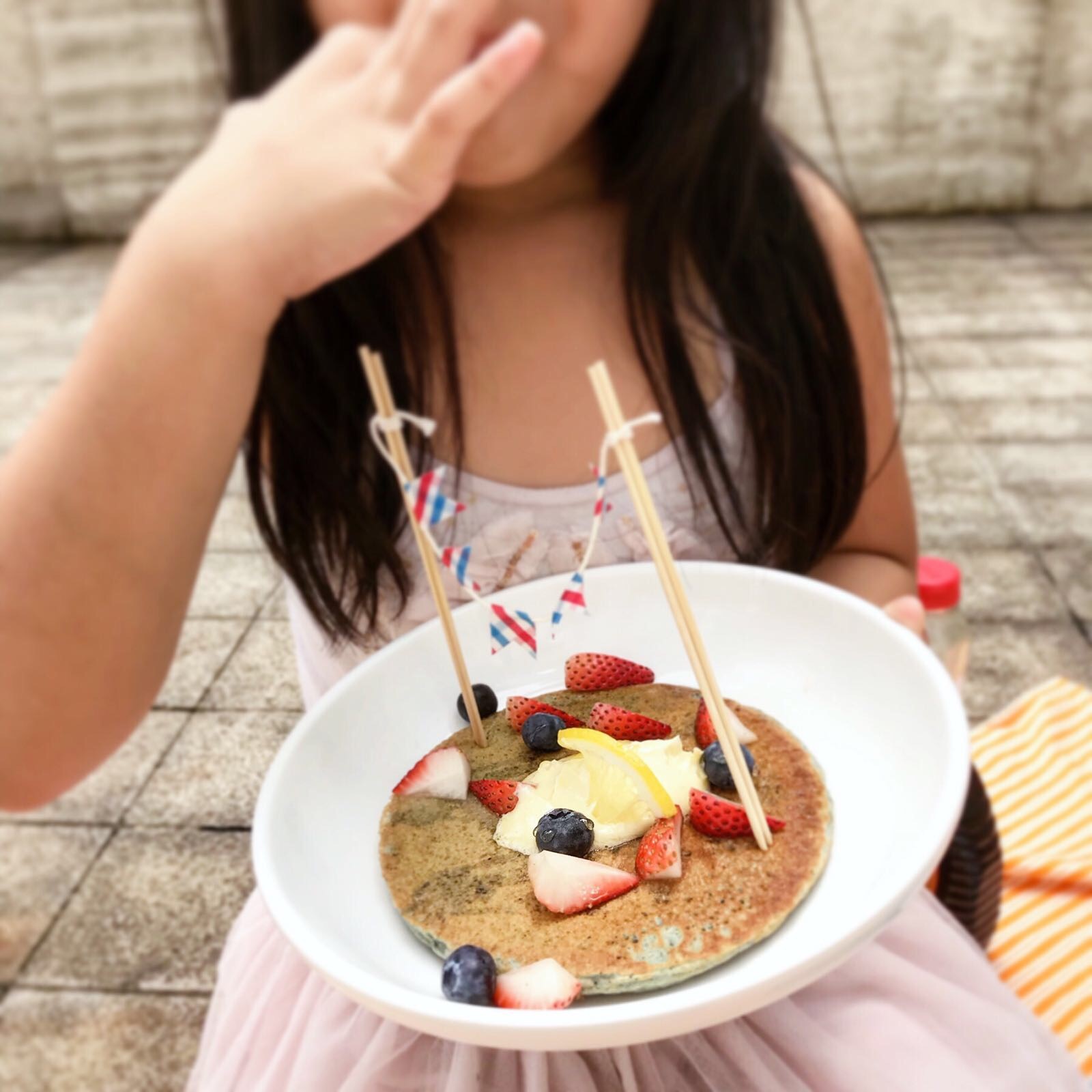
Have views or comments on this article? Let us know via this form. If you would like to give us feedback on any other areas relating to our parks and gardens, please submit via https://www.nparks.gov.sg/feedback